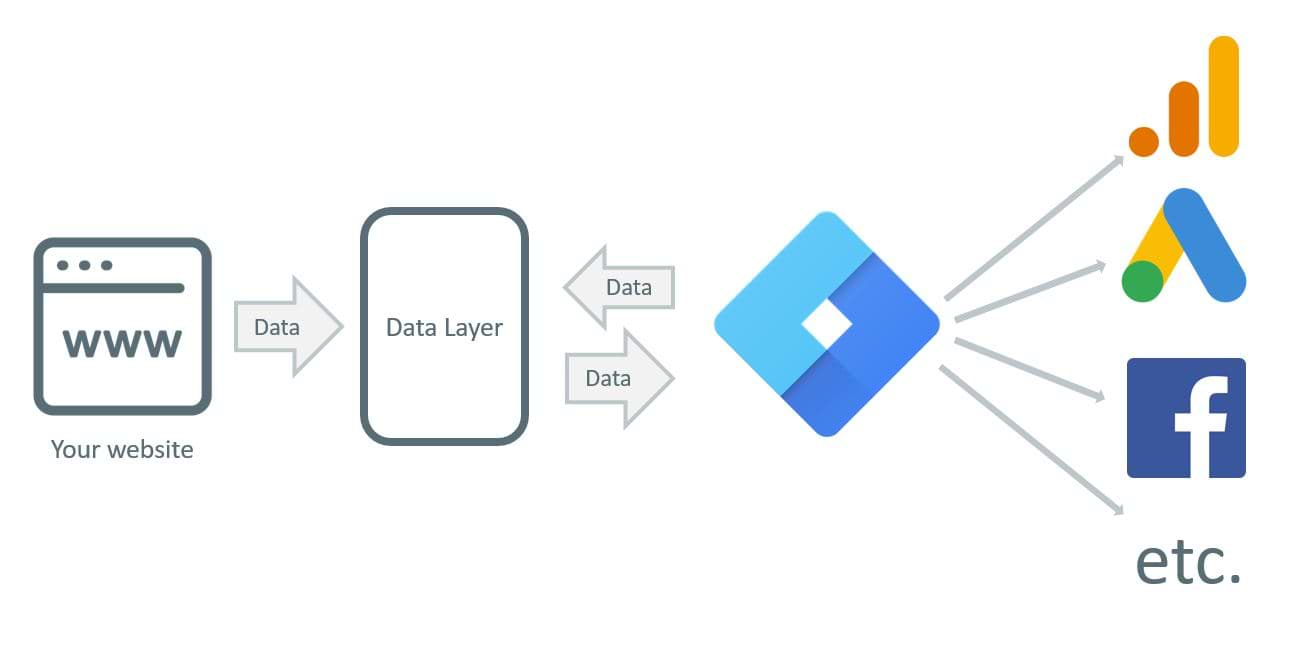Unlocking the Power of Google Tag Manager: A Comprehensive Guide
In today’s digital age, tracking user behavior and gathering data on website performance is crucial for businesses to thrive online. However, the process of implementing and managing multiple tracking codes can be complex and time-consuming. This is where tag management systems come into play, offering a centralized solution to streamline this process. And at the forefront of tag management platforms is Google Tag Manager (GTM).
What is Google Tag Manager?
Google Tag Manager is a free tool provided by Google that allows you to manage and deploy marketing tags (snippets of code or tracking pixels) on your website or mobile app without having to modify the underlying code. With GTM, you can add, edit, or remove tags as needed through a user-friendly web interface, reducing reliance on developers and enabling marketers to make changes swiftly.
Key Features of Google Tag Manager:
- Tag Templates: GTM offers a wide range of built-in tag templates for popular marketing and analytics tools such as Google Analytics, Google Ads, Facebook Pixel, and more. These templates simplify the process of adding new tags by providing pre-configured settings.
- Triggers: Triggers determine when and where your tags should fire. GTM offers various trigger types including pageview, click, form submission, and custom events. This granular control allows you to precisely target specific interactions or page views for tracking.
- Variables: Variables in GTM hold dynamic values that can be used to configure tags and triggers. Built-in variables include page URL, click element, and referral source, while custom variables can be created to capture specific data points unique to your website.
- Version Control: GTM maintains a version history of your container, allowing you to revert to previous configurations if needed. This feature provides peace of mind when making changes and ensures smooth collaboration among team members.
- Preview Mode: Before publishing changes to your live site, GTM’s preview mode enables you to test your tags and triggers in a simulated environment. This helps identify any issues or misconfigurations before they impact your users’ experience.
How to Get Started with Google Tag Manager:
- Create an Account: Sign up for a Google Tag Manager account using your Google credentials.
- Set up a Container: A container is a snippet of code provided by GTM that you need to add to your website or mobile app. This container acts as a centralized hub for managing your tags.
- Add Tags, Triggers, and Variables: Once your container is set up, you can begin adding tags for the tools you use, defining triggers to specify when those tags should fire, and creating variables to capture relevant data.
- Test and Publish: Use GTM’s preview mode to test your configurations thoroughly. Once you’re satisfied with the setup, publish your changes to make them live on your website.
Best Practices for Google Tag Manager:
- Organize Your Container: Maintain a well-organized structure within your GTM container by grouping tags, triggers, and variables logically. This makes it easier to manage and troubleshoot your configurations, especially as your tracking requirements evolve.
- Document Your Setup: Keep detailed documentation of your GTM setup, including tag descriptions, trigger conditions, and variable definitions. This documentation helps ensure consistency and facilitates knowledge sharing within your team.
- Regularly Audit Your Tags: Conduct periodic audits of your GTM container to review existing tags, triggers, and variables. Remove any outdated or redundant configurations to keep your container lean and efficient.
- Implement Version Control: Utilize GTM’s version control feature to track changes over time and maintain a clear audit trail. This practice is particularly important in a collaborative environment where multiple team members may be making modifications to the container.
Conclusion:
Google Tag Manager empowers marketers and website owners to streamline the process of implementing and managing tracking codes, ultimately enabling better insights into user behavior and website performance. By leveraging its intuitive interface, robust features, and seamless integration with other Google marketing tools, GTM simplifies the complexities of tag management and empowers businesses to make data-driven decisions with confidence.
In a digital landscape where data is king, mastering Google Tag Manager is a valuable skill that can significantly enhance your marketing efforts and drive measurable results for your business.
